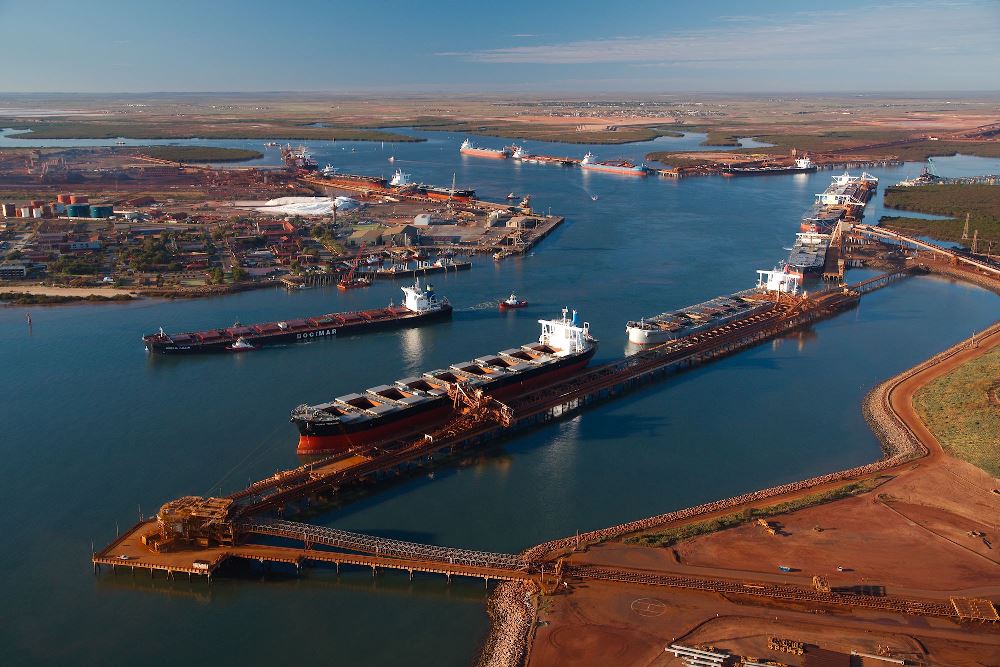Pilots, Tugs Prevent Grounding of Fully Laden Ore Carrier in Australia’s Port Hedland

A recent interim report from the Australian Transport Safety Bureau (ATSB) reveals how quick thinking by pilots and tug crews averted a potential maritime disaster in Port Hedland. On February 7, 2025, the Singapore-flagged bulk carrier FMG Nicola lost propulsion while navigating the shipping channel, prompting an immediate and coordinated rescue effort. The vessel, laden with iron ore, faced a critical situation that could have led to grounding and significant disruption.
Incident Overview and Response
The incident occurred approximately one hour into the FMG Nicola‘s transit through Port Hedland, where it was traveling at a speed of about 8.3 knots. Suddenly, the ship experienced a main engine shutdown, which raised alarms among the crew and pilots. ATSB Chief Commissioner Angus Mitchell noted that the vessel drifted dangerously close to both sides of the channel as it gradually slowed down.
In response to the emergency, the pilots quickly directed two secured tugs to assist in maintaining the ship’s position within the channel. Recognizing the severity of the situation, they called for additional support, leading to a total of seven tugs working together to prevent the bulk carrier from running aground. This coordinated effort was crucial, as the unique features of the Port Hedland channel pose significant risks, including the potential for a disabled vessel to block the passage for other ships.
Meanwhile, the ship’s engineers worked diligently to diagnose the cause of the engine failure. They identified a faulty switch that monitored the main engine’s lubricating oil pressure as the culprit. After confirming that all other systems were functioning properly, the engineers reset the trip lockout system and successfully restarted the engine at a slow speed. Within approximately 35 minutes of the shutdown, the vessel was safely moved away from the channel’s edge, and its speed was gradually increased to full ahead. The tugs continued to escort the ship out of the channel, allowing it to resume its journey to Dongjiakou, China.
Australia Investigating After Bulker Blacks Out and Drifts Toward Newcastle
Investigation and Future Precautions
The ATSB has launched an ongoing investigation into the incident, focusing on the reporting protocols that followed. Notably, a full report of the incident did not reach the ATSB immediately, and they only learned of its potential seriousness through media reports in July 2025, which inaccurately suggested that the vessel had grounded. This prompted further inquiries with the port authority and the Australian Maritime Safety Authority.
Mitchell emphasized the high risks associated with potential channel blockages in Port Hedland, noting that a disabled ship could strand on a receding tide and obstruct other vessels. Depending on various factors, up to three additional ships could be affected by such an incident at any given time. Fortunately, subsequent inspections, including an underwater survey, revealed no physical damage to the FMG Nicola.
A final report detailing the investigation’s findings will be released upon its conclusion, providing further insights into the incident and reinforcing the importance of effective communication and safety protocols in maritime operations.
